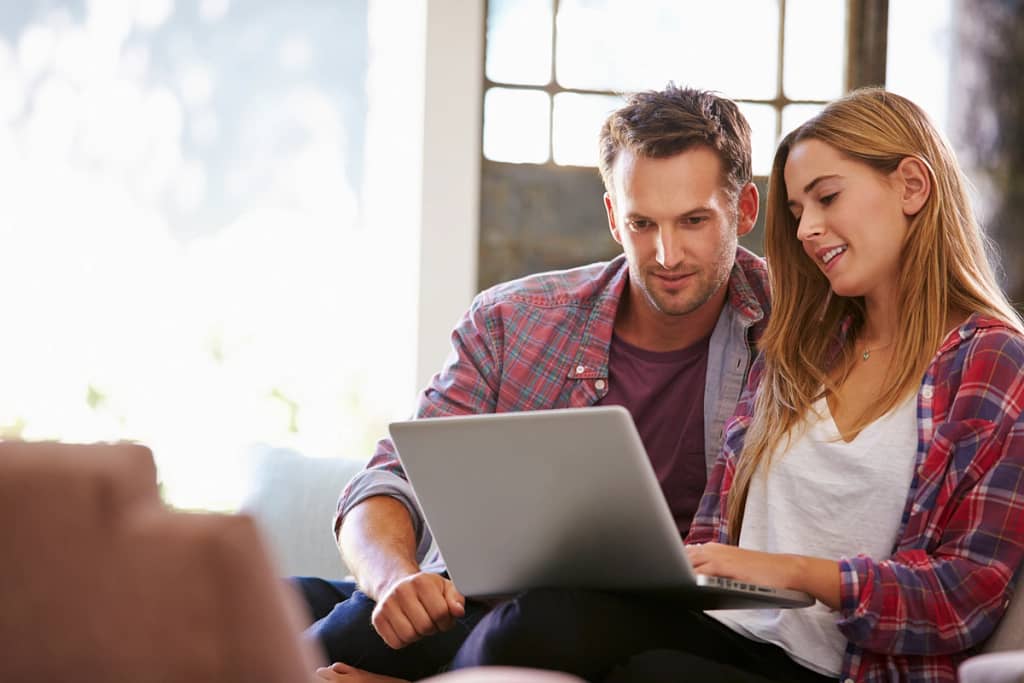How to Measure For Replacement Windows (Step-By-Step Guide)
Thinking about getting replacement windows? Having replacement windows installed is an excellent way to refresh your home’s aesthetic and boost its curb appeal. It can also improve your home’s overall energy efficiency.
Of course, before you can shop around for new windows, you’ll need to take exact measurements of your old windows. Not only do exact window measurements ensure that you order the correct size, but they’ll also help you narrow down your options since not all window types will be available in your specific size.
In this article, we’ll explain how to measure for window replacements so you don’t have to worry about ordering the wrong size or ending up with a draft in your home that wasn’t there before. Keep reading to learn more!
How to Measure For Replacement Windows
The good thing about measuring windows is that it doesn’t require any special skills or even experience. All you’ll need are:

- A tape measure
- A pen or pencil
- A notepad or piece of paper to record your measurements
If you’re planning to replace windows in different rooms, make sure to label each section or page of your notes to designate which window measurements are for each room. Be as specific as possible so that there’s no confusion later on — otherwise, you’ll have to go back and re-measure for clarity.
Now let’s get to replacement window measuring steps:
1. Check Your Windows For Squares🟥
To get started, you’ll need to determine if your existing windows are squares — which is fancy vocabulary for making sure that each corner of each existing window has a 90-degree angle. If they do, your new windows must also have 90-degree angles to ensure a perfect fit.
- Start by holding the tape measure in the corner of the top right side where the window’s vertical and horizontal trim boards meet.
- Stretch the measuring tape diagonally, from the upper right corner to the bottom left corner where the opposite trim boards meet.
- Record these measurements (with accurate labeling).
- Repeat the process from the top left to the bottom right corners, recording the second measurements.
From there, you’ll compare the two measurements to see if they’re within one-fourth of an inch of each other. If they are, it means that a standard replacement window will securely fit within the opening.
However, if the two measurements are greater than one-fourth of an inch, you’ll need to find alternative window replacement options. In this instance, you can have your window frame replaced or opt for a new construction window rather than a replacement window.
Assuming you have a standard window, you can proceed with the next steps.
2. Measure the Width of the Window📏
Standard windows need both width and height measurements to get an exact fit. This requires that you take the measurements in three places of your current window:
- Top
- Middle
- Bottom
You also want to make sure you’re taking the window width measurements from inside the window jambs. (The window jamb is the main vertical section that forms on the outside of the frame). Here’s how it’s done:
- With the window closed, measure between the two jambs at the top of the window. Record your measurement.
- Now, open the window and measure between the jambs in the center and record the measurement.
- Keeping the window open, measure the bottom area between the right and left jamb, recording that measurement as well.
Once you have each measurement, compare them. The smallest measurement of all three will be the opening width of your new window.
3. Measure the Height of the Window⬆️

Now that you have the opening width, you’ll need to figure out the height of your window. This involves taking another set of three measurements, just like above, only vertically and between the top horizontal board (head jamb) and window sill (where the window sash or moveable part of the window is located).
Be sure you’re not confusing the window sill with the window stool — which is the bottom trim that extends into the room!
After taking your three vertical measurements and recording them, compare them to determine the shortest height measurement. This number will represent your window’s opening height.
4. Measure the Window Depth🌊
For most homes with standard windows, a window depth measurement isn’t typically required for finding replacement windows. However, there are rare instances where the window depth can be too narrow for a standard window replacement.
To find the window depth, open the window and measure the sill space from the front to the back of the trim. The measurement should be at least three and one-fourth inches to be able to accommodate a standard replacement.
5. Measure For Window Screens🪟
Replacing your windows also gives you the opportunity to replace your window screens. If you don’t plan to replace your window screens, you can go ahead and skip this step.
To measure for new window screens, you can go by the height and width of your current screens or follow these steps to get the right size:
- Measure the distance between your window frame and horizontal screen channels.
- Subtract one-eighth of an inch from your measurement to get the actual width of the screen.
- Open the window and measure vertically from the lip (the ridge that holds the screen in place) to the window sash.
- Add one-eighth of an inch to this measurement to get the actual height of the screen.
6. Measure For Storm Windows⛈️
Taking measurements for storm windows involves the same process for both single- and double-hung windows. Here’s what you’ll need to do:
- To get the height, measure vertically from the sill to the inside of the trim at the top of the window. You’ll need to measure the left, middle, and right sides, circling the shortest measurement to get the height.
- For the width, measure horizontally from the left to right jambs from inside of the trim. Do this from top, to middle, to bottom, circling the smallest measurement to get the width.
- Using the smallest width and height, you can place your order.
7. Finalize the Measurements✅
Once you’ve collected all your window measurements, you’ll need to determine the final size for your replacement windows.
To do this, refer to your shortest measurements for height and width. Round those numbers down to the nearest one-eighth of an inch. (If your original measurements are already in one-eighth-inch increments, you won’t have to make any adjustments). These final measurements will serve as your replacement window guide when evaluating your option and placing your order.
Keep in mind that it’s essential to measure each window individually. Relying on previous measurements for windows that seem like they’re the same size in the same room or other rooms will only lead to incorrect sizes. Installing incorrectly-sized windows will lead to faulty installation, causing leaks or crooked windows.
8. Order Your Replacement Windows💻

Once you have your finalized measurements, you can go to any home improvement store or window company to find the windows you want and place your order. Remember, not all windows will be a perfect match to your dimensions, but you can always order custom windows that fit your specific measurements to ensure a perfect fit.
DIY Vs. Professional Window Measurement
Taking your own window measurements isn’t as difficult as it is tedious. However, ensuring that you take the exact measurements and do the right calculations is essential. If you don’t feel confident in your window measuring and math skills, it’s best to defer to a professional.
Most professional window installers will allow you to book a free consultation and quote for the job. During this visit, they’ll evaluate your existing windows to assess their condition and take precise measurements. Based on this evaluation, they’ll come up with a quote for your replacement window project that includes the cost of your new windows plus any customizations and valuable warranty information.
Choose the Professionals Every Time
Having a professional contractor come and measure your windows is often the best option. This is especially true for more complicated window installations such as bay windows, awnings, oddly shaped, or casement windows as they require additional calculations due to their form and function.
What’s more, a professional window contractor will be able to better assess your home’s overall design and recommend the best type of replacement windows, as well as screens, and their placement. They’ll also be able to handle what’s needed for custom replacement windows, which can also become complicated to order if you’ve never dealt with custom window dimensions before.
Ultimately, you want to get your window replacement project right the first time. That’s why your neighbors turn to ARCH Exteriors for their window installation needs. Give us a call to schedule your window assessment and get a free quote today!



